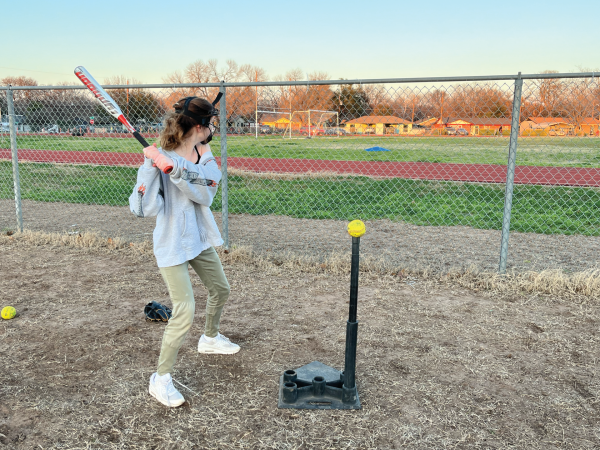Drawbacks of Austin FC’s potential move
October 11, 2018
An MLS team in Austin has its negatives, most of them having to do with the site proposed by Precourt Sports Ventures, the company in charge of the club, which is currently located in Columbus. The stadium will likely be built at McKalla Place in North Austin. The area is 24 acres of publicly owned land southeast of the intersection of Burnet Road and West Braker Lane. While it is large enough for a stadium, the one road leading up to the proposed site is too narrow to accommodate the heavy traffic a stadium would bring. This traffic would have to be diverted elsewhere in the area, which could pose a problem considering there are other businesses located along roads which surround the site and no other roads which lead to the site other than McKalla Place. This influx of vehicles from all over Austin could be unpopular among residents of nearby neighborhoods.
Competing uses for the plot of land have also been proposed, including affordable housing development to help accommodate Austin’s surging population. City Council Member Alison Alter suggested city officials pump the brakes on deciding on the site until they have had the opportunity to continue weighing the benefits of building the stadium as opposed to the good that could come from the construction of affordable housing there.
According to Alter, considerations may include opportunity costs and the financial wherewithal of Precourt Sports Ventures. While Alter may have an unpopular opinion among local fans of the world’s most popular game, affordable housing is an alluring option for the lot. A way to accommodate the needs of lower income residents could be something the city needs more than a soccer team, at least at this site.
Overall, it is a bad idea to see that an MLS team would be for Austin because of many risks involving the site, including an increase in traffic and the possibility of affordable housing for the city’s underprivileged residents. In my opinion, the most convincing of these reasons is that the stadium would be taking up valuable land that could be used for something that could be much more beneficial to more Austin residents such as affordable housing. This is especially true given Austin’s rapidly rising population, which brings with it, a higher cost of living.










